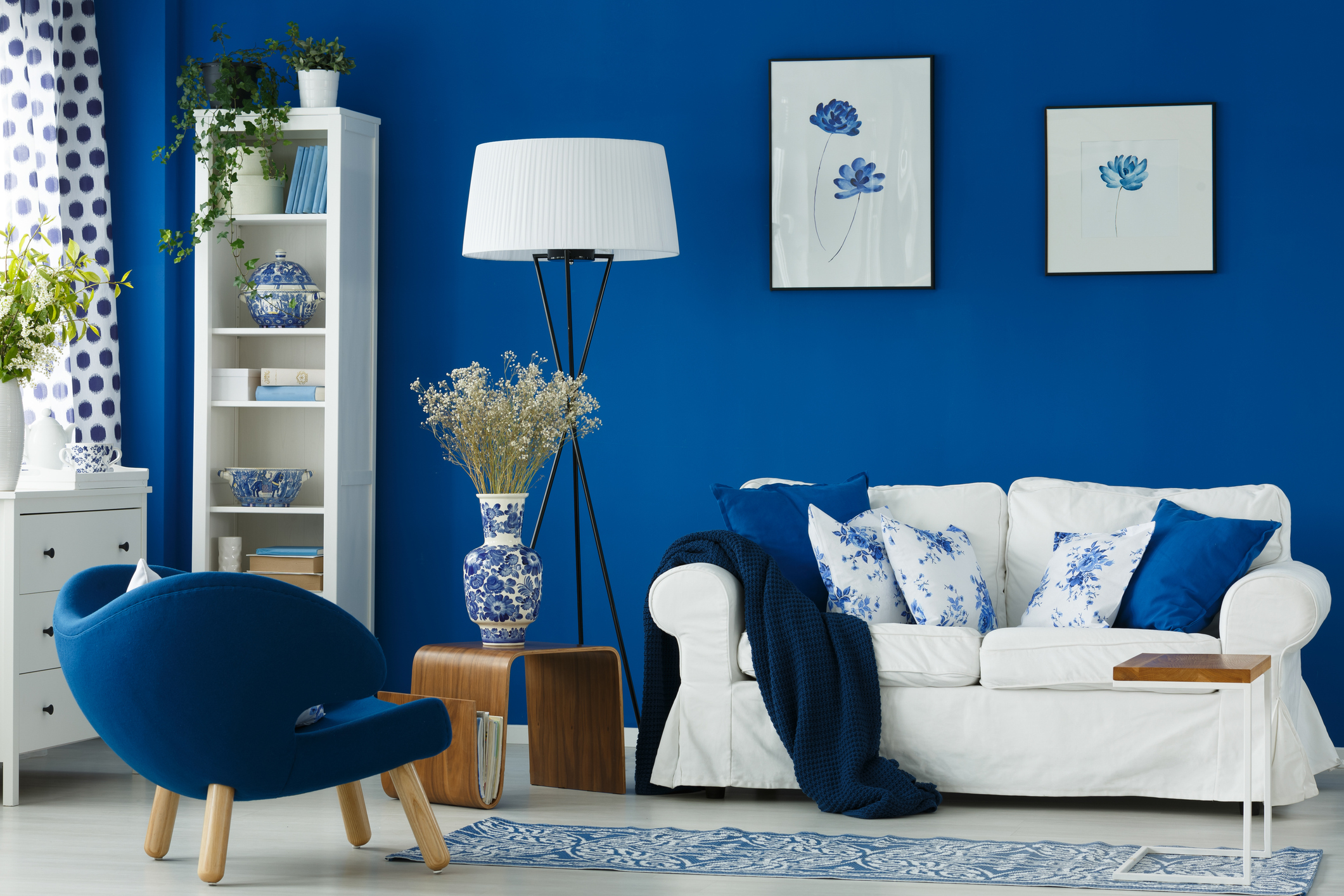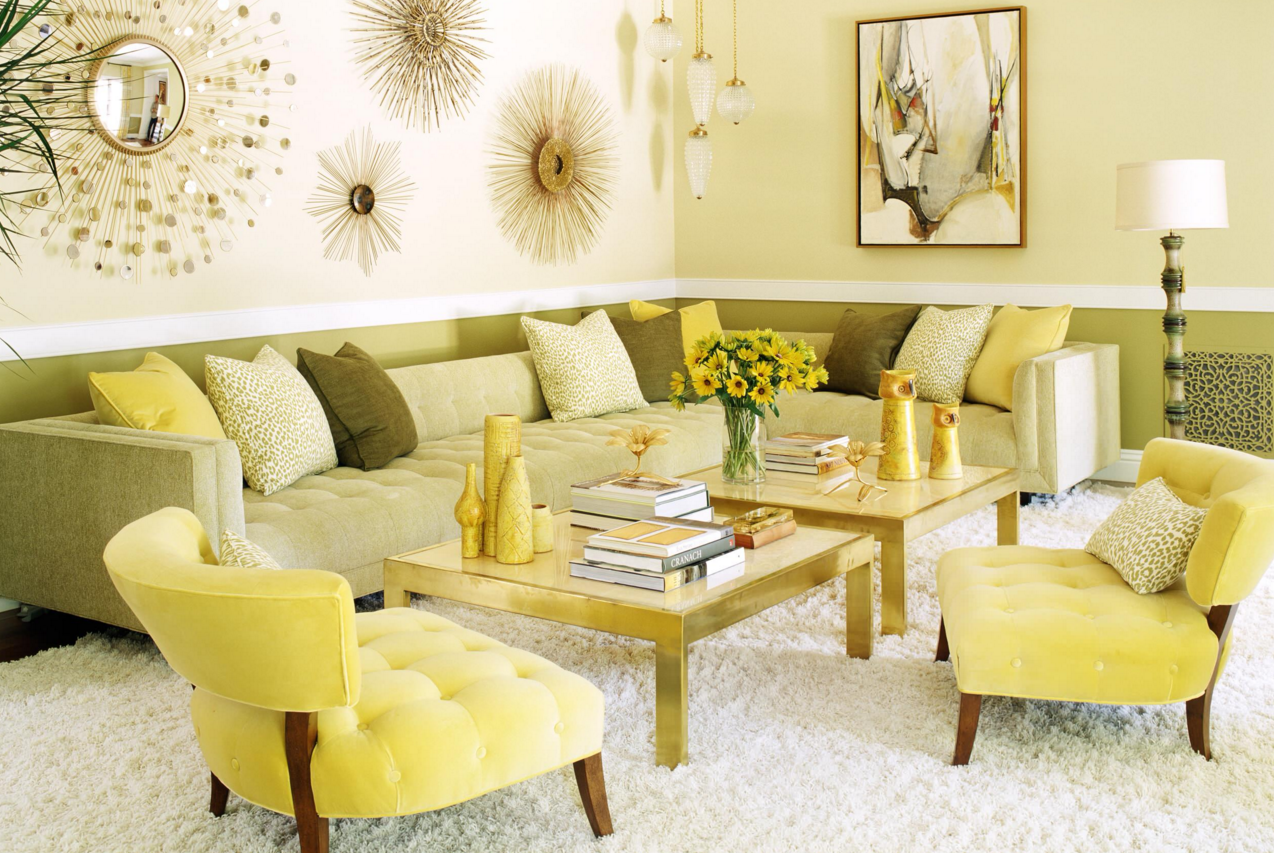Monochrome Color Theory and Application

Monochrome interior design – Monochrome color schemes are composed of a single base color and its variations in shades, tints, and tones. This creates a cohesive and sophisticated look that can evoke a wide range of moods and atmospheres.
Monotone interior design, with its emphasis on neutral hues, creates a calming and serene atmosphere. This simplicity provides a foundation for layering in pops of color or incorporating elements of heavenly interior design , such as ethereal fabrics and celestial-inspired patterns.
The result is a space that is both grounding and uplifting, inviting relaxation while inspiring a sense of wonder.
Shades are created by adding black to the base color, resulting in darker hues. Tints are created by adding white, producing lighter hues. Tones are created by adding gray, resulting in muted hues.
Monochrome interior design, with its stark contrasts and minimalist elegance, creates a serene and sophisticated ambiance. If you’re seeking inspiration for your monochrome haven, consider consulting with local interior designers near me. Their expertise in space planning, color theory, and material selection can guide you towards a cohesive and visually stunning monochrome interior that reflects your unique style.
Creating Different Moods with Monochrome
- Calming and serene: Light tints and tones create a sense of tranquility and relaxation.
- Bold and dramatic: Deep shades and high-contrast combinations create a striking and sophisticated atmosphere.
- Warm and inviting: Earthy tones and warm shades evoke a sense of coziness and warmth.
- Cool and refreshing: Blue-based tints and shades create a refreshing and airy atmosphere.
Selecting and Combining Monochrome Colors
- Choose a base color: Start with a color that resonates with you and the desired mood.
- Determine the color scheme: Decide on the range of shades, tints, and tones you want to use.
- Consider the lighting: Natural and artificial light can affect the appearance of colors, so take this into account.
- Add accents: Introduce small amounts of contrasting colors or patterns to add interest and break up the monotony.
Design Elements for Monochrome Interiors

Monochrome interiors are known for their sophistication and elegance, but they can also be perceived as cold and uninviting. To avoid this, it is important to incorporate elements that add warmth and visual interest to the space. Texture and pattern are two key elements that can help to achieve this goal.
Texture
Texture refers to the surface quality of a material. It can be smooth, rough, bumpy, or anything in between. Different textures can create different visual effects, and they can also be used to add depth and dimension to a space. For example, a smooth, velvety fabric can create a sense of luxury, while a rough, textured fabric can add a more rustic feel. By combining different textures, you can create a visually interesting and inviting space.
Pattern
Pattern is another important element that can be used to add visual interest to a monochrome interior. Patterns can be created using different colors, shapes, and sizes. They can be subtle or bold, and they can be used to create a variety of different effects. For example, a small, geometric pattern can add a touch of sophistication to a space, while a large, bold pattern can create a more dramatic look. By using different patterns, you can create a unique and personal space that reflects your own style.
Materials
The materials you choose for your monochrome interior will also play a role in the overall look and feel of the space. Different materials have different textures, colors, and patterns, and they can be used to create a variety of different effects. For example, wood is a natural material that can add warmth and organic beauty to a space. Metal is a more modern material that can add a touch of glamour. And glass is a versatile material that can be used to create a variety of different looks, from classic to contemporary.
Natural Elements
Natural elements, such as plants and wood, can also be used to add warmth and organic beauty to a monochrome interior. Plants can help to purify the air and add a touch of color to the space, while wood can add warmth and texture. By incorporating natural elements into your monochrome interior, you can create a space that is both stylish and inviting.
Lighting and Space Planning in Monochrome Design: Monochrome Interior Design

Lighting and space planning are crucial elements in creating a successful monochrome interior. Lighting can transform the ambiance of a space, highlighting shadows and textures, while space planning ensures a functional and inviting layout.
Lighting, Monochrome interior design
In monochrome interiors, lighting plays a vital role in shaping the atmosphere. Natural light can create dramatic effects, casting shadows and highlighting textures. Artificial lighting can be used to enhance these effects or create a specific mood. For example, warm lighting can create a cozy and inviting atmosphere, while cool lighting can give a space a more modern and sophisticated feel.
Space Planning
Space planning in monochrome interiors involves carefully considering the use of negative space and focal points. Negative space refers to the empty areas between objects, and it can be used to create a sense of balance and spaciousness. Focal points are areas that draw the eye, and they can be used to create interest and drama. In a monochrome interior, a single piece of furniture or a piece of artwork can serve as a focal point.